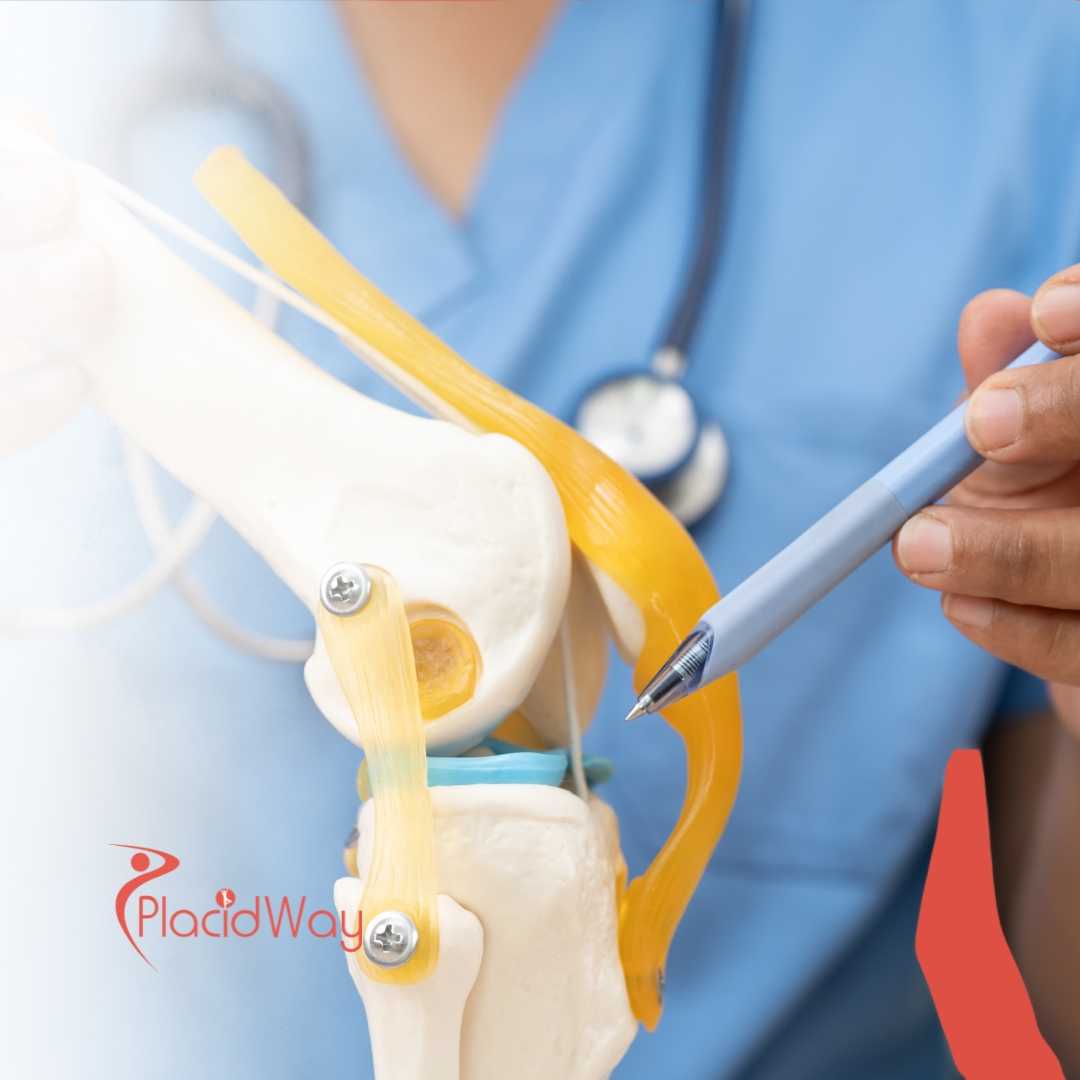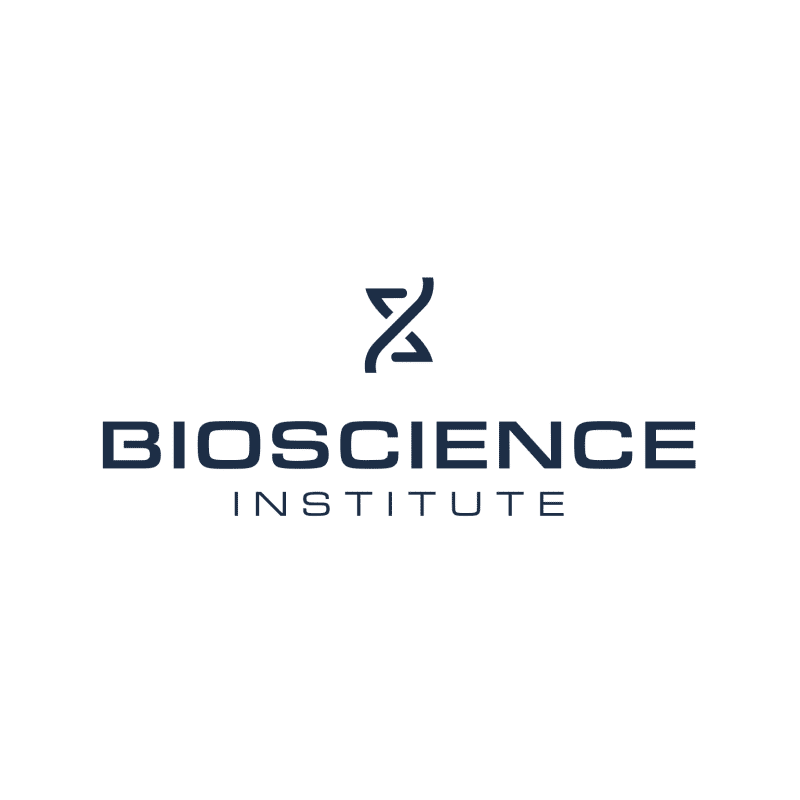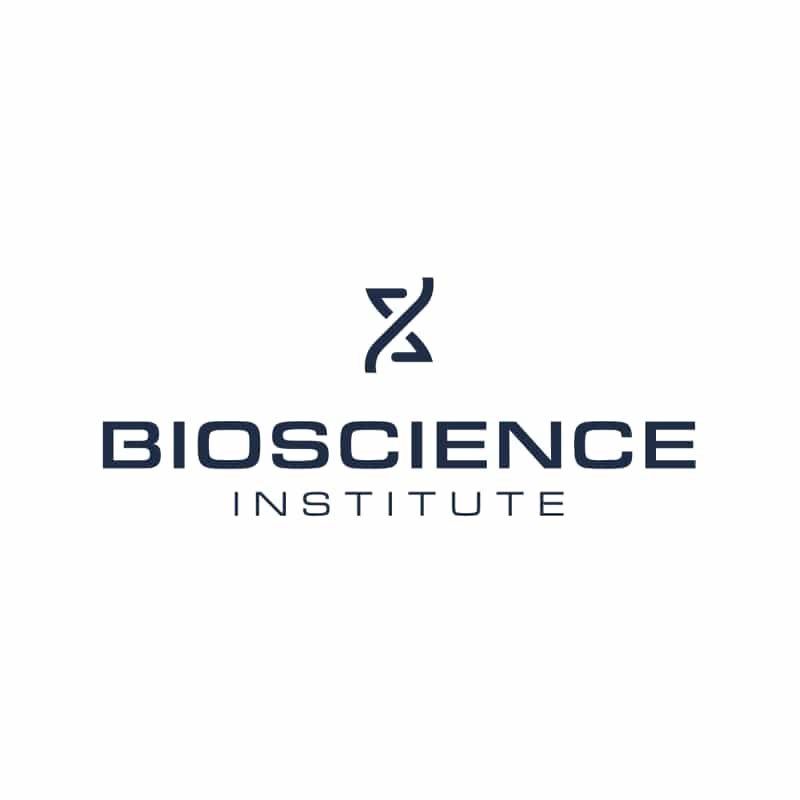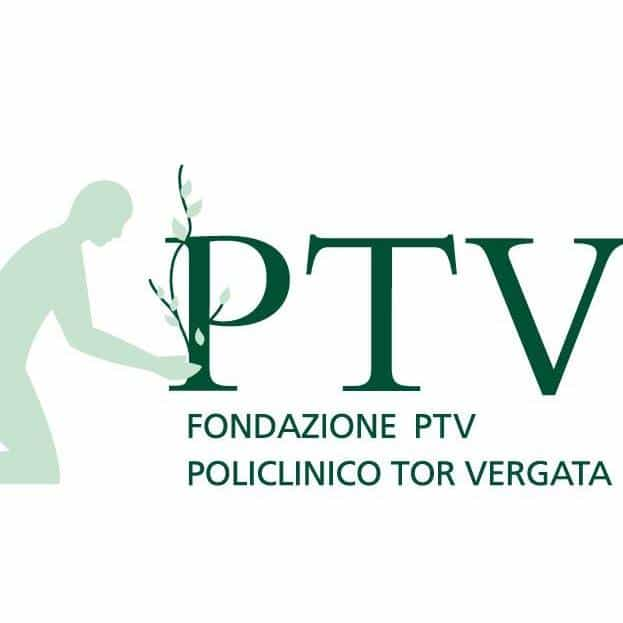UAE Stem Cell Therapy for Diabetes: Pricing & What's Included

Welcome to our comprehensive guide on stem cell therapy for diabetes in the UAE. If you're exploring innovative treatment options for diabetes, you've likely encountered discussions about stem cell therapy. This cutting-edge approach holds significant promise for individuals living with both Type 1 and Type 2 diabetes by potentially addressing the underlying causes of the disease rather than just managing symptoms. The United Arab Emirates, particularly cities like Dubai and Abu Dhabi, has emerged as a leading hub for advanced medical treatments, including stem cell therapies. Understanding the associated costs and what influences them is crucial for anyone considering this path. This guide will provide detailed insights into the pricing structure, the factors that affect the cost, and what you can expect from stem cell diabetes treatment in this region. We aim to equip you with all the essential information to make an informed decision about your healthcare journey.
What is the typical price range for stem cell therapy for diabetes in the UAE?
The cost of stem cell therapy for diabetes in the UAE is not a fixed price and can vary considerably.stem cell treatmentsFor instance, less complex or more generalized stem cell applications might be on the lower end of this spectrum, while more specialized and intensive treatments for chronic conditions like diabetes tend to be on the higher end.
What factors influence the cost of stem cell therapy for diabetes in the UAE?
-
Type of Stem Cells Used:
-
Autologous Stem Cells: These are derived from the patient's own body (e.g., from bone marrow or adipose tissue). They are generally less expensive as they don't require donor sourcing and carry no risk of immune rejection. Costs for autologous treatments can range from AED 14,700 to AED 55,000 ($4,000 to $15,000 USD).
-
Allogeneic Stem Cells: These cells are sourced from a donor, often from umbilical cord blood or tissue. They typically involve higher costs due to the complexities of sourcing, testing, and processing, often starting from AED 73,500 ($20,000 USD) and going upwards.
-
Specialized Stem Cells (e.g., Induced Pluripotent Stem Cells - iPSCs, Embryonic Stem Cells - ESCs): Treatments involving these highly specialized cells are generally more expensive, potentially ranging from AED 92,000 to AED 147,000 ($25,000 to $40,000 USD) or more, and are often part of clinical trials.
-
-
Medical Condition Being Treated (Severity of Diabetes): The complexity and severity of your diabetes will play a significant role. More advanced cases or those with complications might require a more intensive and therefore more expensive treatment protocol.
-
Number of Sessions Required: Some stem cell therapy protocols for diabetes may require multiple sessions to achieve optimal results. Each additional session will contribute to the overall cost.
-
Clinic's Reputation and Location: Highly reputable clinics with state-of-the-art facilities and internationally recognized experts, particularly in prime locations like Dubai, may charge more for their services.
-
Inclusions in the Treatment Package: The quoted price might include various services. It's crucial to clarify what is covered. This can include:
-
Initial consultations and diagnostics (e.g., blood tests, imaging).
-
Stem cell harvesting and processing.
-
The administration of the stem cells.
-
Post-treatment follow-up appointments and monitoring.
-
Medications (pre- and post-treatment).
-
Anesthesia fees.
-
Does the type of stem cell affect the cost for diabetes treatment?
-
Autologous stem cells, which are harvested from your own body, are typically less expensive. The process involves collecting cells (often from fat tissue or bone marrow), processing them, and re-injecting them. Since these cells come from your own body, there's no risk of immune rejection, and the process is generally simpler, contributing to lower costs.
-
Allogeneic stem cells, sourced from a donor, are usually more costly. This is due to the extensive screening of donors, the complex processing and storage of the cells, and the potential need for immune suppression if there's a risk of rejection, although this is often minimized with certain types of allogeneic cells like mesenchymal stem cells.
-
Embryonic stem cells (ESCs) and induced pluripotent stem cells (iPSCs), while holding immense potential, are currently more often used in research and clinical trials rather than widespread commercial treatment for diabetes. When available, treatments involving these cell types tend to be at the higher end of the price spectrum due to their complex derivation and ethical considerations.
What is typically included in the cost of stem cell therapy for diabetes in the UAE?
-
Initial Consultations and Diagnostic Tests: This involves a thorough medical examination, blood tests (e.g., blood sugar levels, A1c, C-peptide), and potentially imaging scans to assess your overall health and the specific impact of diabetes.
-
Stem Cell Harvesting: The procedure to collect the stem cells, whether from your bone marrow, adipose tissue, or if allogeneic, the sourcing of the donor cells.
-
Cell Processing and Culturing: This involves isolating, purifying, and sometimes expanding the number of stem cells in a specialized laboratory environment to ensure they are ready for transplantation.
-
Stem Cell Administration: The actual procedure of introducing the stem cells into your body, which can be through intravenous infusion, direct injection into specific areas (e.g., pancreas, if applicable), or other methods.
-
Post-Treatment Monitoring and Follow-up Appointments: Regular check-ups to monitor your progress, blood sugar levels, and overall health after the therapy. This might include additional diagnostic tests to track the effectiveness of the treatment.
-
Medications: Any necessary medications, such as antibiotics to prevent infection or anti-inflammatory drugs, during or after the procedure.
It's always advisable to request a detailed breakdown of costs from the clinic to avoid any hidden fees.
Are there any hidden costs or additional fees for stem cell therapy for diabetes in the UAE?
-
Unexpected Diagnostic Tests: If your initial assessment reveals a need for further specialized tests not covered in the standard package, these could incur additional charges.
-
Management of Complications: Although rare, any unforeseen complications or adverse reactions requiring additional medical intervention would result in extra costs.
-
Extended Stay: If your recovery takes longer than anticipated, or if you choose to stay in the UAE for extended follow-up, accommodation and living expenses would be additional.
-
Pre-existing Conditions: If you have other significant health conditions that require concurrent management, these treatments might not be included in the stem cell therapy package.
-
Specific Medications: While some post-treatment medications might be included, any long-term or specialized medications beyond the immediate recovery period may be an additional expense.
Always ask for a detailed, itemized quote and clarification on what is and isn't included.
Is stem cell therapy for Type 1 diabetes more expensive than for Type 2 diabetes in the UAE?
-
Type 1 Diabetes: This is an autoimmune condition where the body's immune system attacks and destroys insulin-producing beta cells in the pancreas. Stem cell therapy for Type 1 diabetes often aims to regenerate or replace these lost beta cells, or to modulate the immune system to prevent further destruction. This can involve more complex cell differentiation protocols or immune modulation, potentially leading to higher costs.
-
Type 2 Diabetes: In Type 2 diabetes, the body either doesn't produce enough insulin or doesn't use insulin effectively (insulin resistance). Stem cell therapy for Type 2 diabetes might focus on improving insulin sensitivity, reducing inflammation, or promoting the health and function of existing beta cells. The complexity of these approaches can vary, and thus the cost can also vary depending on the specific protocol designed for the individual patient's needs.
Therefore, while both types of diabetes can benefit from stem cell therapy, the specific treatment plan, and consequently the cost, might be tailored differently.
How does the number of stem cell sessions affect the overall cost for diabetes treatment in the UAE?
-
Preparation and Administration Costs: This includes the medical staff's time, use of the facility, and the specific procedure for administering the cells.
-
Cell Processing Costs (if applicable): If fresh cells are prepared for each session, or if cells are cultured over time, these laboratory costs will recur.
-
Post-Session Monitoring: Each session may require follow-up monitoring and consultations to assess the immediate effects and plan for subsequent treatments.
Therefore, a treatment plan requiring several sessions will naturally be more expensive than a single-session protocol. Clinics will usually outline the recommended number of sessions during the initial consultation based on your condition.
Are there financing options available for stem cell therapy for diabetes in the UAE?
-
In-house Payment Plans: Some clinics may offer structured payment plans, allowing you to pay the total cost in installments over a specified period.
-
Medical Loan Providers: Clinics might have partnerships with third-party financial institutions that specialize in medical loans. These loans can help cover the cost of treatment, with repayment terms and interest rates varying based on your creditworthiness.
-
Health Insurance Coverage: While stem cell therapy for diabetes is still considered experimental by many insurance providers, it's always worth checking with your specific insurance plan to see if any portion of the treatment, particularly diagnostic tests or follow-up care, is covered. However, full coverage for the therapy itself is generally uncommon at this time.
Always discuss financing options directly with the clinic's administrative or patient care team to understand what's available.
How does the reputation of the clinic affect the cost of stem cell therapy for diabetes in the UAE?
-
Extensive Experience: A long track record of successful treatments and a team of highly experienced specialists in regenerative medicine.
-
Advanced Technology and Facilities: State-of-the-art laboratories for cell processing, advanced diagnostic equipment, and modern treatment rooms.
-
International Accreditations and Certifications: Adherence to stringent international medical standards and safety protocols.
-
Published Research and Clinical Trials: Involvement in ongoing research or successful clinical trials, contributing to the advancement of stem cell therapies.
These factors collectively contribute to a higher cost. Patients often choose these clinics for the peace of mind that comes with proven expertise, higher safety standards, and potentially better outcomes. While a higher price doesn't always guarantee success, in the field of advanced medical treatments like stem cell therapy, it often reflects a higher level of investment in infrastructure, talent, and patient care.
Is stem cell therapy for diabetes covered by insurance in the UAE?
stem cell therapy for diabetesIn the UAE, as in many other parts of the world, full coverage for stem cell therapy for diabetes by standard health insurance plans is generally not common.Most insurance companies still categorize it as an experimental or investigational treatment, meaning it falls outside the scope of their typical coverage.
-
Initial diagnostic tests related to your diabetes.
-
Consultations with specialists.
-
Post-treatment monitoring and follow-up care.
-
Management of any complications that might arise (though this is less common).
It is crucial to contact your insurance provider directly and understand the specifics of your policy well in advance of considering stem cell therapy. Do not assume coverage without explicit confirmation in writing.
How does the source of stem cells (e.g., bone marrow, adipose tissue, umbilical cord) impact the cost for diabetes treatment?
The source from which the stem cells are obtained directly affects the cost due to varying collection methods, processing complexities, and regulatory considerations:
-
Bone Marrow-Derived Stem Cells (BMSCs): These are autologous cells harvested from the patient's own bone marrow. The procedure involves a minor surgical intervention (bone marrow aspiration), which requires specific medical expertise and facilities. The processing is usually straightforward.
-
Adipose-Derived Stem Cells (ADSCs): Also autologous, these cells are extracted from the patient's own fat tissue, often through a liposuction-like procedure. This method is generally less invasive than bone marrow aspiration, but still requires skilled personnel and specialized equipment for harvesting and processing.
-
Umbilical Cord-Derived Stem Cells (UCSCs): These are allogeneic cells sourced from the umbilical cords of healthy, consenting donors after birth. The collection is non-invasive to the donor. However, the processing, testing, and storage of these cells are highly specialized and rigorously regulated, making them generally more expensive. UCSCs are often preferred for their youth, potency, and lower immunogenicity.
The table below illustrates a general cost comparison based on stem cell source:
What is the average duration of stem cell therapy for diabetes in the UAE, and how does it relate to cost?
-
Single-Session Treatment: Some protocols might involve a single infusion or injection, taking a few hours for the procedure itself, plus pre- and post-procedure monitoring. This would generally be on the lower end of the cost spectrum per treatment cycle.
-
Multi-Session Treatment: More commonly, particularly for chronic conditions like diabetes, the therapy involves multiple sessions spread over days, weeks, or even months. Each session, as discussed earlier, adds to the total cost.
-
Recovery and Monitoring Period: After the active treatment phase, there's often a period of monitoring and follow-up. While you might not be in the clinic daily, these follow-up appointments and any necessary tests are part of the overall treatment plan and contribute to the cost.
The duration directly correlates with cost because longer or more frequent treatment periods involve more resources, more medical staff time, and more extensive use of clinic facilities and laboratory services.
What is the difference in cost for stem cell therapy for Type 1 vs. Type 2 diabetes?
-
Type 1 Diabetes: This autoimmune condition requires therapies that either protect or replace the insulin-producing beta cells and/or modulate the immune system to stop the autoimmune attack. Treatments might involve:
-
Islet cell transplantation (using stem cell-derived islets): A highly complex procedure aiming to replace lost beta cells, potentially involving significant costs for cell differentiation and transplantation.
-
Immune modulation using mesenchymal stem cells (MSCs): While MSCs are widely available, the specific protocols and number of infusions needed to achieve immune balance in Type 1 diabetes could influence cost. Generally, due to the need to address the autoimmune component and potentially regenerate functional insulin-producing cells, stem cell therapy for Type 1 diabetes can be on the higher end of the cost spectrum.
-
-
Type 2 Diabetes: This condition involves insulin resistance and often progressive decline in beta cell function. Stem cell therapy for Type 2 diabetes might focus on:
-
Improving insulin sensitivity: MSCs can help reduce inflammation and improve the body's response to insulin.
-
Beta cell preservation and regeneration: Stimulating existing beta cells or promoting their repair. The complexity of Type 2 diabetes treatment can vary widely based on the patient's stage of the disease and co-morbidities. While effective, the overall approach might be less complex or intensive than those for Type 1, potentially resulting in a slightly lower average cost, though this is not a hard and fast rule.
-
The exact difference in cost will always depend on the individual patient's condition, the chosen clinic, and the specific therapeutic protocol.
What are the long-term costs associated with stem cell therapy for diabetes in the UAE, beyond the initial treatment?
-
Ongoing Medical Monitoring: Regular follow-up consultations with your endocrinologist and the stem cell therapy team to monitor your diabetes control, general health, and the long-term effects of the therapy.
-
Periodic Diagnostic Tests: Continued blood tests, A1c monitoring, and other specific diagnostic evaluations to assess the ongoing effectiveness of the stem cell treatment and adjust other diabetes management strategies as needed.
-
Supportive Medications: While the goal of stem cell therapy might be to reduce reliance on certain medications, you may still require some diabetes medications or other supportive therapies long-term.
-
Maintenance Sessions: Depending on the individual's response and the progression of their condition, some patients might require booster or maintenance stem cell therapy sessions in the future, which would incur additional costs.
-
Lifestyle Management: Ongoing costs associated with a healthy lifestyle, including dietary management, exercise programs, and potentially nutritional supplements, are crucial for maximizing the benefits of stem cell therapy.
Discussing the anticipated long-term care plan and associated costs with your treating physician is essential for comprehensive financial planning.
Can the clinic's location within the UAE affect the cost of stem cell therapy for diabetes?
Indeed, the geographical location of the clinic within the UAE can influence the cost of stem cell therapy for diabetes.
-
Major Cities (e.g., Dubai, Abu Dhabi): Clinics located in prominent cities like Dubai and Abu Dhabi generally have higher operating costs, including rent, staff salaries, and infrastructure expenses. These higher overheads are often reflected in the prices of their medical services, including stem cell therapy. Furthermore, these cities are often medical tourism hubs, attracting patients globally, which can also influence pricing.
-
Other Emirates/Regions: While still offering high-quality medical care, clinics in less central or developed areas might have slightly lower costs due to reduced operating expenses.
However, the difference might not always be substantial, as the highly specialized nature of stem cell therapy means that expertise and technology often dictate pricing more than just location within the country. It's always best to compare quotes from reputable clinics across different locations if you're exploring options.
Are there different protocols for stem cell therapy for diabetes, and do they impact the cost?
-
Cell Type and Quantity: Some protocols might use a higher quantity of stem cells or specific, more expensive cell types (e.g., highly purified mesenchymal stem cells, or specialized differentiated cells) which increases laboratory processing costs.
-
Preparation Methods: The sophistication of cell preparation and culturing techniques in the lab can vary. Protocols requiring advanced cell expansion, purification, or genetic modification (if part of a trial) will be more expensive.
-
Administration Routes: The method of delivering the stem cells can also influence cost. Intravenous infusions are generally simpler, while direct injections into specific organs (like the pancreas) or more complex surgical procedures for cell implantation would incur higher costs.
-
Combination Therapies: Some advanced protocols might combine stem cell therapy with other treatments, such as growth factors, gene therapy, or immunomodulators, which adds to the overall expense.
-
Research vs. Established Treatments: Protocols that are part of ongoing clinical trials might have varying cost structures, sometimes subsidized, while more established, commercially offered treatments will have clear pricing.
Always ask the clinic to explain the specific protocol they recommend for your condition and why, along with a detailed cost breakdown for that particular approach.
How do payment plans for stem cell therapy for diabetes work in the UAE?
-
Initial Deposit: You'll likely be required to make an upfront deposit, which secures your treatment slot and covers initial administrative and preparation costs.
-
Installment Schedule: The remaining balance is then divided into a series of regular payments (e.g., monthly, quarterly) over an agreed-upon period. The duration and amount of each installment will be determined by the total cost and your financial agreement.
-
Direct with Clinic or Third-Party: Some clinics manage these plans in-house, while others partner with specialized medical financing companies. If it's a third-party provider, you'll enter into a separate loan agreement with them, subject to their terms and interest rates.
-
Interest Rates: Be sure to clarify if the payment plan is interest-free or if interest will be applied. Interest-free options are generally preferred but might come with stricter eligibility criteria or shorter repayment periods.
-
Terms and Conditions: Always read the full terms and conditions of any payment plan carefully before committing. Understand what happens if you miss a payment or wish to pay off the balance early.
Clear communication with the clinic's financial department is key to understanding and setting up a suitable payment plan.
Can I compare prices for stem cell therapy for diabetes across different clinics in the UAE?
-
Specific Treatment Protocol: Ensure each clinic is proposing a similar type of stem cell therapy (e.g., autologous ADSCs vs. allogeneic UCSCs), the number of cells, and the planned administration method. A lower price might indicate a less intensive or different protocol.
-
Inclusions: Ask for a detailed, itemized list of what's included in the quoted price. This should cover consultations, diagnostic tests, cell harvesting, processing, administration, and follow-up care.
-
Clinic Reputation and Experience: While comparing prices, also consider the clinic's expertise, the experience of their medical team, success rates (if available for your condition), and patient testimonials. A slightly higher price might be justified by a superior level of care and expertise.
-
Technology and Facilities: Inquire about the quality of their laboratory facilities for cell processing, as this can significantly impact the quality and viability of the stem cells.
-
Hidden Costs: As discussed earlier, always clarify if there are any potential additional fees.
By thoroughly evaluating all these aspects, you can make a well-informed decision that balances cost with quality and expected outcomes.
Explore your options for advanced healthcare solutions like stem cell therapy for diabetes by visiting PlacidWay. We connect you with world-class clinics and provide transparent information to help you navigate your medical journey effectively.


.png)






.jpg)







Share this listing